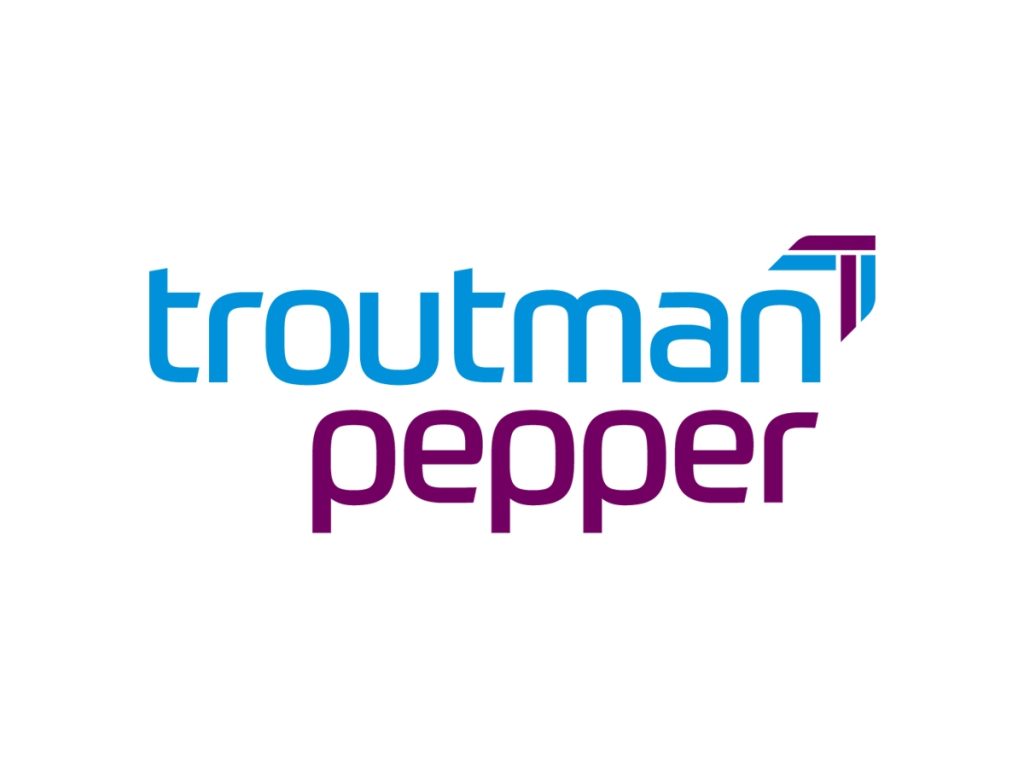Assistant Attorney General Jonathan Kanter, for the Department of Justice’s (DOJ) Antitrust Division, has been openly and repeatedly skeptical of merger remedies and settlements: “Merger remedies short of blocking a transaction often miss the mark.” He has made clear that an injunction blocking a transaction “is the surest way to preserve competition.” Similarly, Chair Khan of the Federal Trade Commission (FTC) made plain that “[the agency is] going to be focusing our resources on litigating, rather than on settling.”
This summer, however, the federal antitrust enforcers and, in one transaction, the state agencies, have negotiated and agreed to settlements in three separate merger matters. While this might appear to be a sea change, merging parties should not assume that it is. The facts and circumstances of each matter are different, but the settlements provide insights into remedies and strategies merging parties should consider.
Amgen/Horizon
Most recently, the FTC announced a settlement of its challenge to Amgen, Inc.’s $27.8 billion acquisition of Horizon Therapeutics. In May 2023, the FTC and six states — California, Illinois, Minnesota, New York, Washington, and Wisconsin — filed a complaint to block the proposed transaction. Although both are pharmaceutical companies, Amgen and Horizon do not have any competing drugs in their portfolios or development pipelines. According to the complaint, Amgen’s rationale for acquiring Horizon was to control certain high-revenue generating pharmaceuticals in anticipation of the loss of revenues caused by the 2030 expiration of one of Amgen’s “blockbuster” drugs and the potential downward price pressure from Medicare and Medicaid negotiations under the Inflation Reduction Act. Specifically, the FTC alleged that Amgen was most interested in two Horizon “orphan drugs” for treating certain rare diseases: thyroid eye disease and chronic refractory gout. Orphan drugs are medicines developed to help treat or prevent rare diseases, which are conditions that each affect fewer than 200,000 people in the U.S.
Because product development and other costs are high and the number of people requiring the orphan drugs is low, the Food and Drug Administration (FDA) awards the inventor a seven-year exclusivity period. Allegedly, Amgen was willing to pay a premium for Horizon because of the dependable profitability of these two drugs, which accounted for 72% of Horizon’s sales. The FTC claimed that other companies are in the process of developing their drugs to compete with Horizon’s orphan drugs when exclusivity expires, and that Amgen could use its blockbuster drugs to secure preferential treatment or exclusionary access from pharmacy benefit managers (PBMs) for its non-blockbuster drugs.
Despite Amgen’s pre-litigation offer to commit that it would not bundle other products with Horizon’s orphan drugs, the FTC and six states filed a lawsuit claiming that the acquisition would give Amgen the ability and incentive to engage in cross-product bundling that would exclude Horizon’s rivals and maintain its monopolies, harming patients in the long run.
First and foremost, the settlement accepted by the FTC prohibits Amgen from engaging in any cross-product bundling or exclusionary rebating schemes involving Horizon’s monopoly orphan drugs. The consent order will also prohibit Amgen from entering into an agreement to acquire any pipeline and post-clinical trial products, commercialized products, or interests in any business engaged in the development, manufacturing, or sale of any such products, biosimilars, or therapeutic equivalents that treat either orphan illness, without prior approval. A monitor will be appointed to oversee Amgen’s compliance, and the monitor’s reports will be submitted to the commission and to the states.
Black Knight
Last week, the FTC also announced the settlement of its challenge to Intercontinental Exchange, Inc.’s (ICE) $13.1 billion acquisition of Black Knight, Inc. (Black Knight). Black Knight and ICE are direct competitors with their loan origination system software (LOS) and a number of ancillary services, including product pricing and eligibility engines (PPE). PPE is software that allows a lender to identify potential loan rates for a borrower, determine the borrower’s eligibility for a given loan, and lock in the loan’s terms for the borrower.
According to the FTC, ICE offers the dominant LOS in the U.S., processing nearly half of all residential mortgages originated each year, and Black Knight has the second largest LOS in the U.S. Black Knight’s PPE is the industry leader, serving lenders that originate as much as 40% of the residential mortgages each year. ICE’s PPE is currently available only to lenders who use ICE’s LOS. The FTC alleged that because of ICE’s dominant LOS market share and the dependency of PPEs and other ancillary service providers on LOS integration, ICE will have the ability to disadvantage existing and potential ancillary service competitors, including competing PPE providers, by foreclosing or impeding LOS access.
In an effort to resolve the FTC’s concerns, Black Knight proposed divesting its LOS and certain ancillary products but not its PPE. The divestiture buyer, Constellation Web Solutions, Inc. (Constellation), would also act as a reseller for certain ancillary services acquired by ICE from Black Knight. The FTC rejected the proposed remedy because it allegedly failed to provide Constellation with the ability, resources, and incentive to replace the intensity of the competition between ICE and Black Knight.
As part of the FTC settlement, Black Knight and Constellation agreed that Black Knight will finance a portion of Constellation’s purchase price of Black Knight’s PPE via a promissory note, but within 10 days of a trustee’s appointment, the promissory note will be transferred to the trustee. The trustee will sell the note to a third party within six months of the divestiture.
Assa Abloy
In a rare departure, the DOJ’s Antitrust Division, agreed to settle its court challenge to Sweden’s Assa Abloy AB’s $4.3 billion proposed deal to buy Spectrum’s hardware and home improvement division in May.
The DOJ’s complaint alleged that Assa Abloy and Spectrum are two of the three largest producers of residential door hardware in an already concentrated U.S. industry. The agency alleged that the proposed transaction would harm competition in two relevant markets: (1) premium mechanical door hardware and (2) smart locks. The DOJ rejected Assa Abloy’s pre-ligation offer to settle because the proposed divestiture package did not include sufficient smart lock assets and contemplated continuing entanglements between the company and potential divestiture buyer. Consistent with its past statements, the DOJ argued that only completely blocking the transaction would eliminate its risk to competition.
The settlement accepted by the DOJ included Assa Abloy’s EMTEK and Schaub premium mechanical door hardware businesses, its Yale and August residential smart lock businesses in the U.S. and Canada, and other assets for multifamily smart lock applications in the U.S. and Canada. The settlement also included expanded intellectual property and commercialization rights in smart locks, additional residential mechanical lock assets.
Conclusions
Amgen is the first FTC conduct remedy settlement under current leadership, and Assa Abloy is the first merger settlement under the DOJ’s current leadership. It is too early, however, to determine whether the recent settlements reflect a significant shift in either agency’s approach to merger enforcement.
In Amgen, the FTC explained that a settlement would likely not have been sufficient if the deal gave a company control over products or services that its rivals use to compete or increase the risk of information exchange. Because such conduct can be achieved through “subtle and varied” means that are “difficult to detect,” the FTC would have been more reluctant to accept a conduct remedy in lieu of blocking the transaction.
The commissioners’ statement about the settlement noted that there are “features” specific to the Amgen matter that suggest that the settlement’s bundling prohibition was sufficient to effectively prevent it, making it unnecessary to block the transaction. The FTC seemed comforted by the fact that Amgen’s conduct would be monitored not only by a settlement monitor and agency but also by the states, and that the prohibited bundling should be readily detectable by reviewing Amgen’s future agreements. Accordingly, the consent order will require Amgen to submit all contracts with payers related to the formulary and placement of Horizon’s orphan drugs within 30 days of entering into each contract and the states will have the individual right to enforce the order.
The Black Knight and Assa Abloy settlements reflect the importance of addressing the potential lessening of competition in all of the markets which the agencies are concerned about and, to the extent possible, the complete disentanglement of the divested business from the merging parties. In this and past administrations, the agencies would be very skeptical of a remedy that includes a resale agreement involving the products or services of the merged firm. Parties should be aware that the goal is for the divestiture buyer to compete vigorously against the post-merger company. This includes ensuring that the divestiture buyer has access to all the elements needed to compete and that the merged parties do not have the ready ability to interfere with that access.
As with the above matters and others, such as the Activision transaction and TPG’s divestiture healthcare technology package purchase, litigating the fix may be a successful strategy that allows the parties to shift some risk onto the agencies — either seriously consider accepting the parties’ proposed remedy in advance of litigation or be forced to shift their positions and accept a remedy package to avoid the risk of loss at trial and establishment of bad precedent. All reports suggest that the Assa Abloy judge was settlement-minded and that the DOJ’s refusal to consider any divestiture proposal was a risky tact; a similarly risky tact would be if the merging parties refused to address the deficiencies the DOJ identified in the pre-trial proposed divestiture package. Accordingly, parties should not assume that the DOJ will significantly change its skepticism toward divestiture. Also, even if the DOJ accepts future settlements, it is likely that such settlements will allow, as the Assa Abloy settlement does, the agency to seek additional relief later if the divestiture fails to maintain the intensity of competition that existed before the merger in one or more areas or for one or more products
Read the full article here














